-
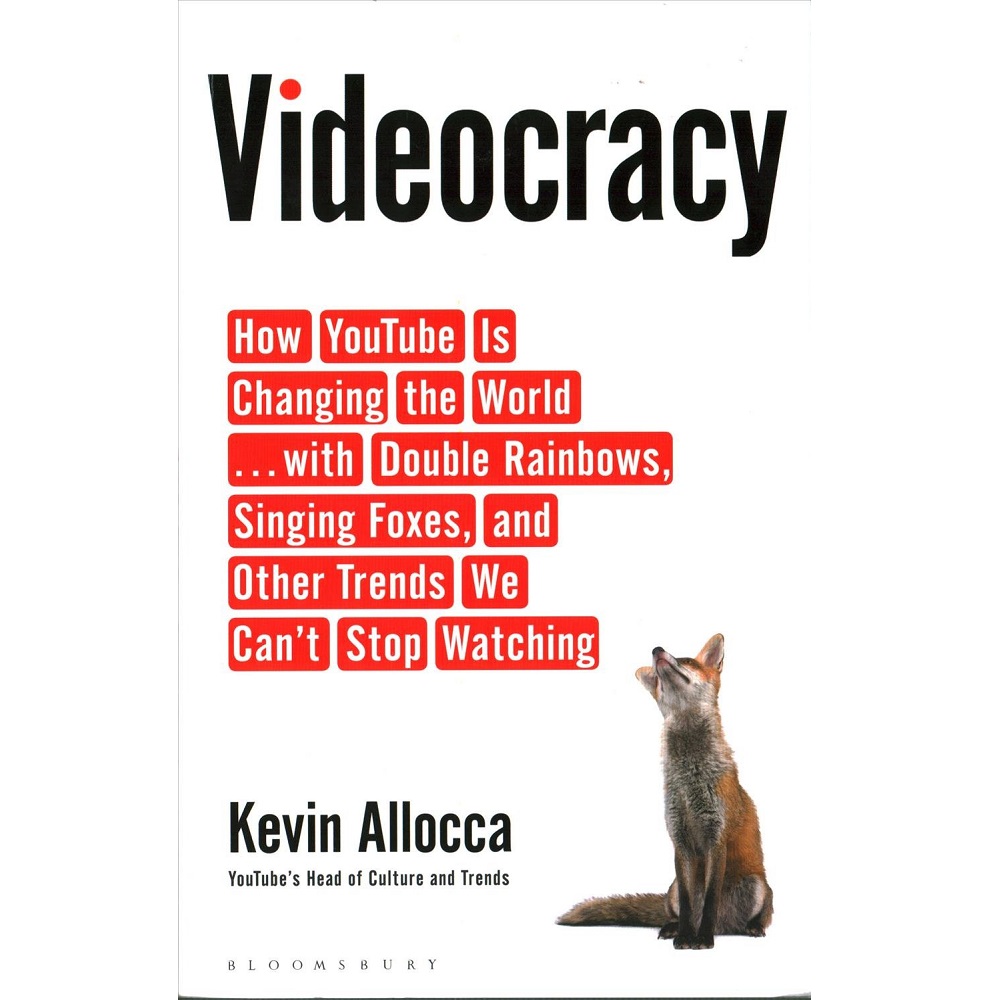
Videocracy by Kevin Allocca
₦30,000From YouTube’s Head of Culture and Trends, a rousing and illuminating behind-the-scenes exploration of internet video’s massive impact on our world
-
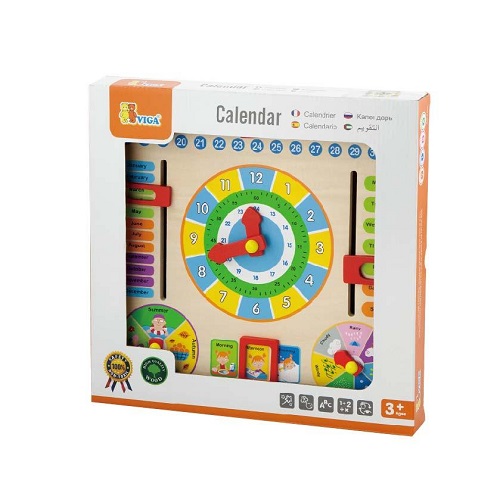
Viga Wooden Calender Clock
₦5,000- Children can learn the days of the week, months in the year and much more with this great wooden playset.
- Made from high quality wood, and hand finished.
- Helps children learn quicker.
- Made from quality responsibly sourced materials, all Viga Toys conform to current EU safety standards.
- For ages 3 years +
-
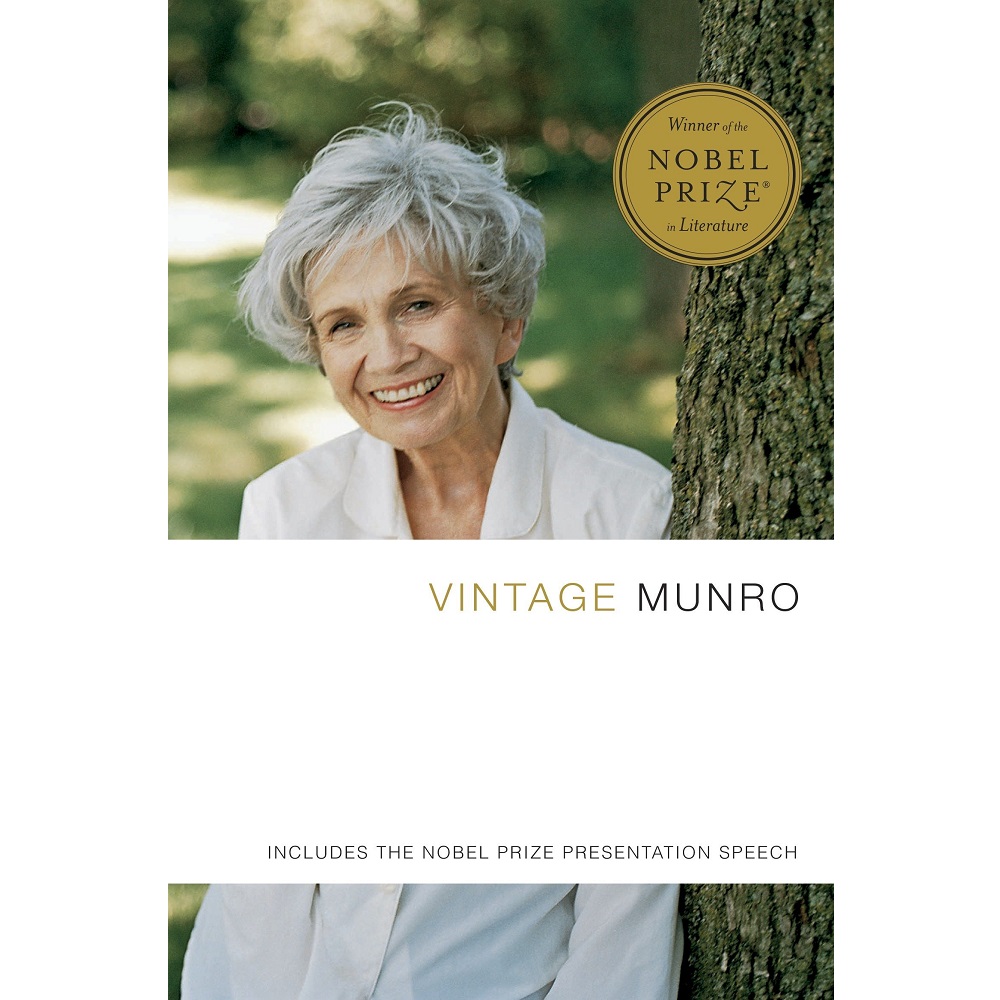
Vintage Munro by Alice Munro
₦6,000Vintage Munro by Alice Munro includes stories from throughout her career: The title stories from her collections The Moons of Jupiter; The Progress of Love; Hateship, Friendship, Courtship, Loveship, Marriage; “Differently,” from Selected Stories, and “Carried Away,” from Open Secrets.
-
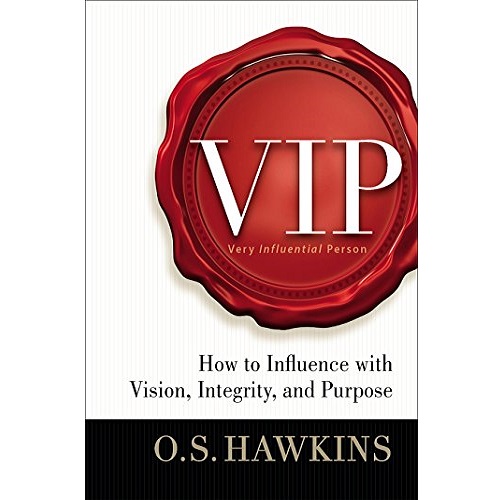
VIP: How to Influence with Vision, Integrity, and Purpose
₦3,000The Bible says that God has “assigned to you an area of influence” (2 Corinthians 10:13). The question is what will you do with it?
Product details
- Hardcover: 128 pages
- Publisher: Thomas Nelson (March 8, 2016)
- Language: English
- ISBN-10: 9780718078492
- ISBN-13: 978-0718078492
- ASIN: 0718078497
- Product Dimensions: 5.4 x 0.6 x 7.3 inches
- Shipping Weight: 9.9 ounces
-
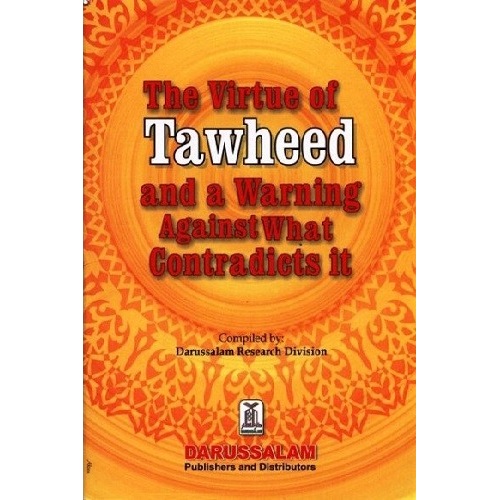
Virtue of Tawheed and a Warning Against What Contradicts it
₦300Virtue of Tawheed and a Warning Against What Contradicts it
-
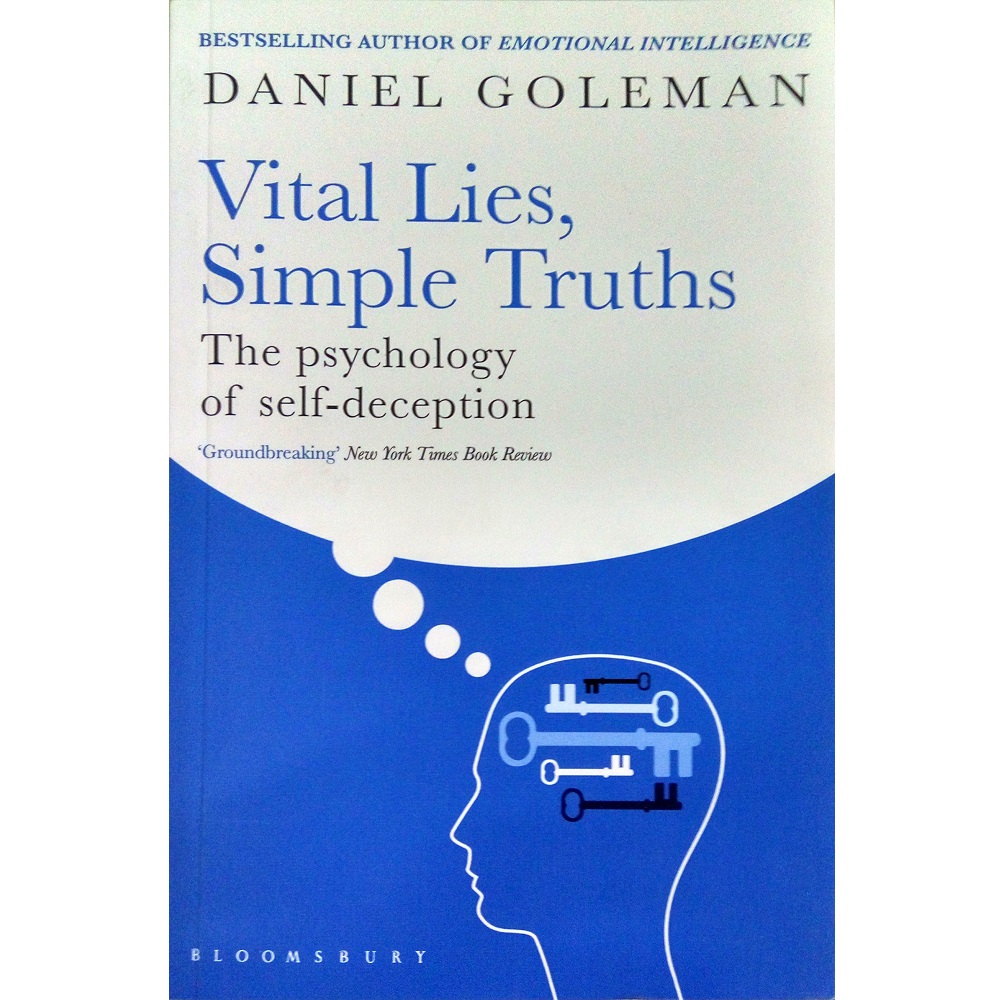
Vital Lies, Simple Truths: The Psychology of Self-Deception by Daniel Goleman
₦8,000This important book Vital Lies, Simple Truths: The Psychology of Self-Deception by Daniel Goleman both illuminates and raises challenging questions about a subject that is central to our psychological existence.
-

Vitamins That Heal Natural Immunity for Better Health H.K Bakhru
₦500- Paperback: 216 pages
- Publisher: Orient Paperbacks; 2005 edition (March 30, 2005)
- Language: English
- ISBN-10: 8122202241
- ISBN-13: 978-8122202243
- Product Dimensions: 4.9 x 0.6 x 7 inches
- Shipping Weight: 6.4 ounces
-

Vote Thieves: Illegal Immigration, Redistricting, and Presidential Elections
₦4,000Every ten years political representation in the U.S.House of Representatives is redistributed (reapportioned) among the fifty states. The process begins anew with the 2020 census, which will count the nation’s population as the basis for representation in Congress. The national census has a history wrought with failures and inaccurate counts. In Vote Thieves, geographer Orlando J. Rodriguez shows how our current method of apportionment creates an incentive for illegal immigration and polarizes our political system. This issue affects all U.S. residents–legal and illegal alike. Recent history has triggered a growing suspicion among Americans that their political system is flawed. Vote Thieves explains a singular flaw that voters suspect but cannot put into words and gives them the information they need to petition for a more responsive political system.
-
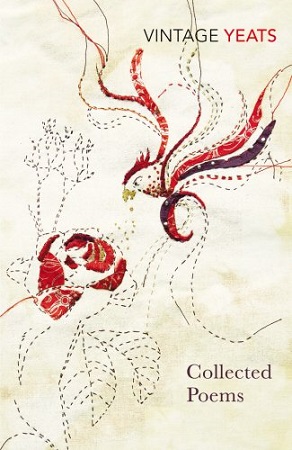
W B Yeats – Collected Poems
₦3,500- Paperback: 592 pages
- Publisher: Vintage Classics (18 Jan. 1990)
- Language: English
- ISBN-10: 9780099723509
- ISBN-13: 978-0099723509
- ASIN: 0099723506
- Product Dimensions: 12.9 x 3 x 19.8 cm
nt
-

Wabi Sabi by Beth Kempton
₦4,500The definitive guide that teaches you how to use the Japanese concept of wabi sabi to reshape every area of your life and find happiness right where you are.
Fed up with the exhausting challenges of our fast-paced, consumption-driven existence, millions of people around the world are turning to timeless cultural traditions to find true meaning. In this transformative handbook, Beth Kempton introduces you to wabi sabi (”wah-bi sah-bi”), a captivating concept from Japanese aesthetics that offers a whole new way of looking at the world.
With roots in Zen and the Way of Tea, wabi sabi teaches you to see beauty in imperfection, appreciate simplicity, and accept the transient nature of all things. It inspires you to simplify everything and concentrate on what truly matters. Filled with simple yet profound wisdom, Wabi Sabi will help you slow down, reconnect with nature, and be gentler on yourself.
From honoring the rhythm of the seasons to creating a welcoming home, from reframing failure to aging with grace, Wabi Sabi teaches you find more joy and inspiration throughout your perfectly imperfect life.
-

Wabi Sabi: Timeless Wisdom for a Stress-Free Life By Agneta Nyholm Winqvist
₦6,000Now Swedish expert Agneta Nyholm Winqvist offers a ray of hope in her succinct and unadorned introduction to wabi sabi. An Eastern philosophy with roots dating back 5,000 years, “wabi sabi” at its most elegant base is the search for “timeless wisdom.”

